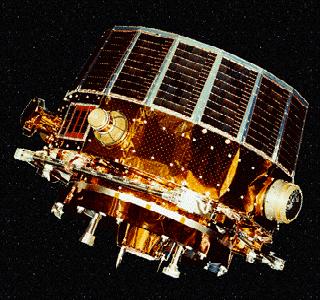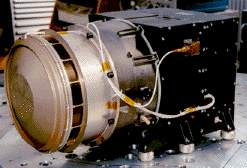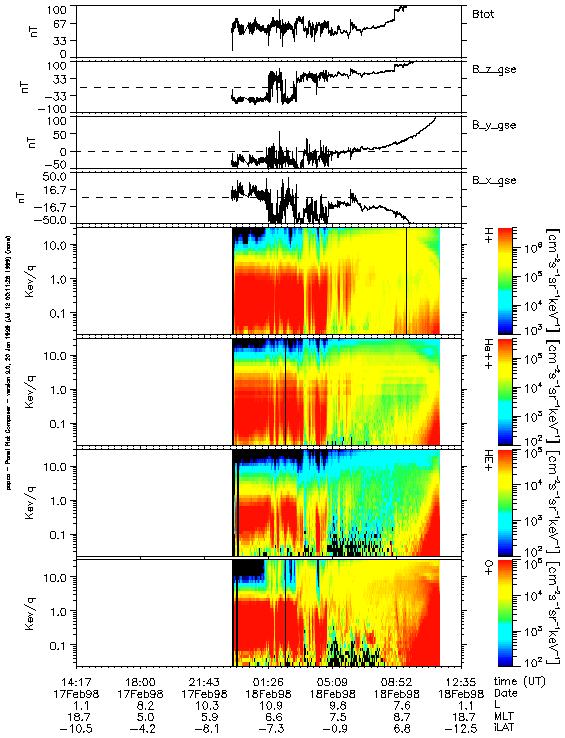
SMART '99 Equator-S Page
 This
page contains information about the Equator-S mission.
This
page contains information about the Equator-S mission.
Equator-S(mall) is a German built satellite. It was the payload of an Ariane IV rocket. Launched on December 2, 1997 into an equatorial orbit, it was intended for a two year exploration of the equatorial magnetosphere, and the low-latitude dayside magnetopause and boundary layer. Unfortunately, radiation caused a malfunction in the central processor of the satellite and the mission was cut short. However, enough information was gathered to draw conclusions. One of the instuments on board is the ESIC Instrument (Equator-S Ion Composition Instrument). ESIC was built by the University of New Hampshire Space Science Department.

ESIC
 To
learn more about what we are doing.
To
learn more about what we are doing.

While orbiting the earth at a high spinning rate, the ESIC measures the 3D distribution of H+, He+, He++, and O+ ions. Moments of the distributios of the four major ion species are computed onboard and are available every four spins i.e. every six seconds. We have used graphs of the data sent from ESIC. They look like this:

For information on how ESIC works, follow this link for a Quicktime movie: For PC's or for Mac's
To learn more about Project SMART, or the students responsible for this page, click here.
Suggested Links
- Max-Planck Institute's Equator-S Homepage
- NASA's Homepage
- NASA's Equator-S Page
-
Equator-S
Data

- Web pages by other Project SMART students